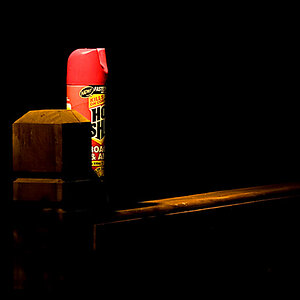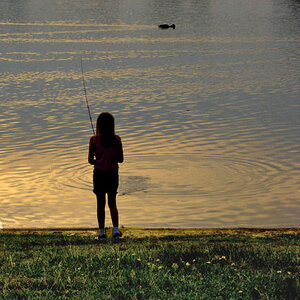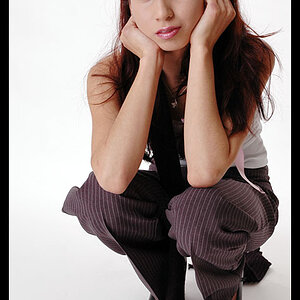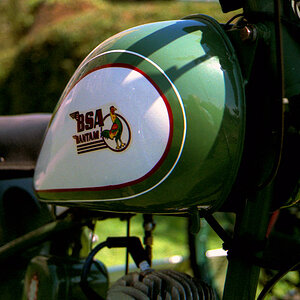CGR
TPF Noob!
- Joined
- Oct 7, 2012
- Messages
- 35
- Reaction score
- 4
- Location
- United States
- Can others edit my Photos
- Photos OK to edit
I'm getting frustrated with focus issues. I use auto-focus on a Canon 5D Mark III, mainly been shooting with a pretty fast 85mm 1.8 prime. So, can't really blame slow gear.
I mostly shoot my fast moving toddlers and their friends (not a pro, with no plans to be). I love shooting fairly wide-open with primes but have some DOF issues with moving subjects. But not sure if it is the movement with DOF or the variable shutter speed in AV mode. Since high ISO is so great with Mark III, I'm thinking of shooting in manual with aperture set for the subject(s) and a fixed shutter speed (150 outdoors?) with ISO on auto? I don't have the time to meter every time I turn around. I do get tack-sharp images when my subjects aren't moving (which is hardly ever).
Here is an example of the annoying focus issues. This could be a cute shot, if it was actually in focus. Settings: F/4, 1/100, ISO 400 with the 85mm 1.8

What are your tips for getting super sharp images (that still have great bokeh)? Any help appreciated!
I mostly shoot my fast moving toddlers and their friends (not a pro, with no plans to be). I love shooting fairly wide-open with primes but have some DOF issues with moving subjects. But not sure if it is the movement with DOF or the variable shutter speed in AV mode. Since high ISO is so great with Mark III, I'm thinking of shooting in manual with aperture set for the subject(s) and a fixed shutter speed (150 outdoors?) with ISO on auto? I don't have the time to meter every time I turn around. I do get tack-sharp images when my subjects aren't moving (which is hardly ever).
Here is an example of the annoying focus issues. This could be a cute shot, if it was actually in focus. Settings: F/4, 1/100, ISO 400 with the 85mm 1.8

What are your tips for getting super sharp images (that still have great bokeh)? Any help appreciated!
Last edited:



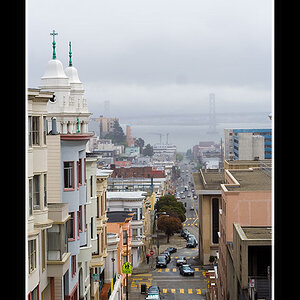
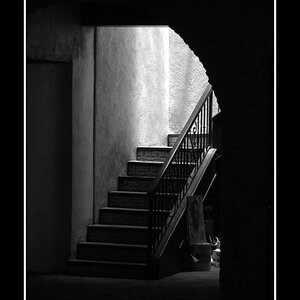

![[No title]](/data/xfmg/thumbnail/31/31751-fb2f68cca32f9eec468dbde7d649840f.jpg?1619734990)
![[No title]](/data/xfmg/thumbnail/39/39429-cfa441056f1e6a1995539dc87c794876.jpg?1619739028)
